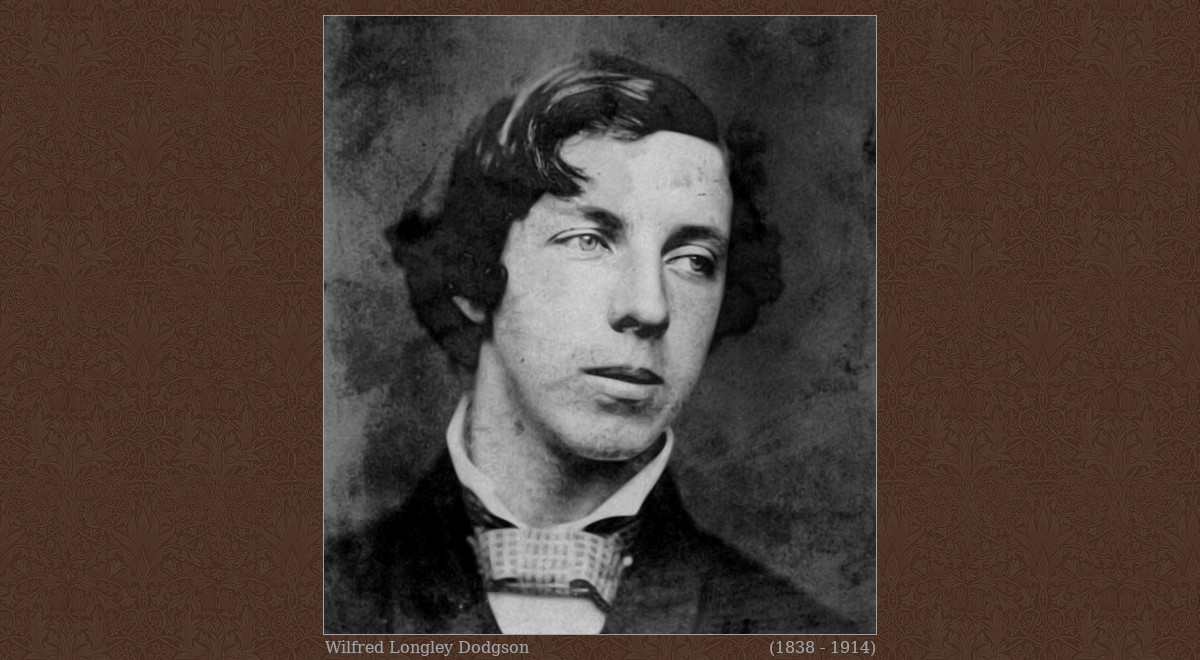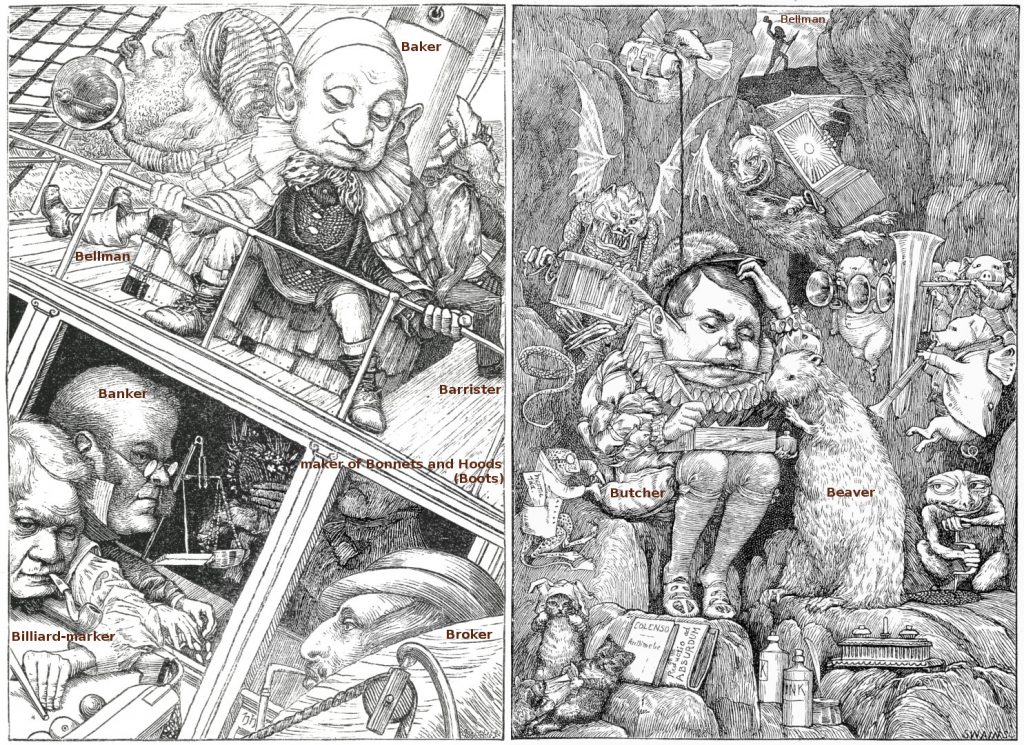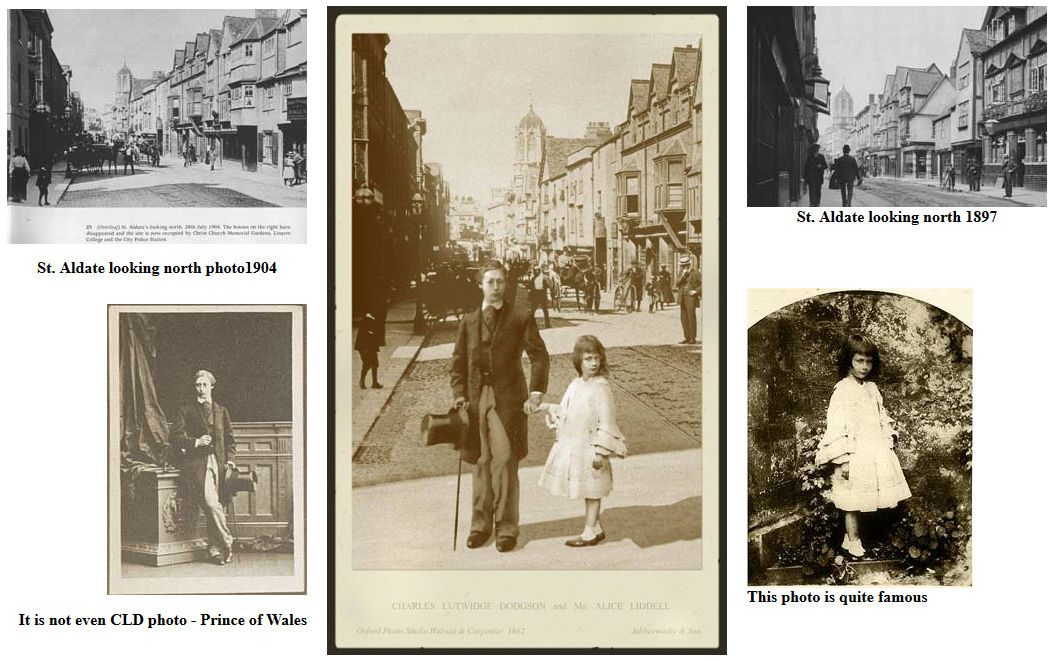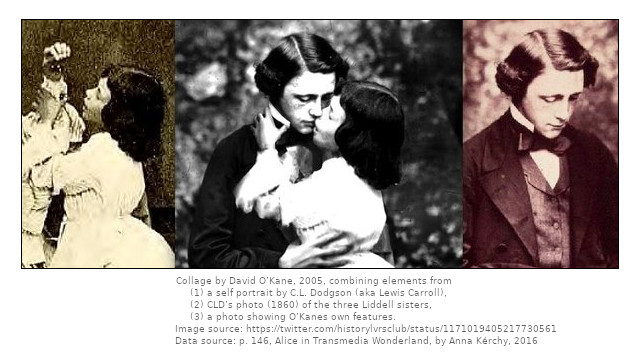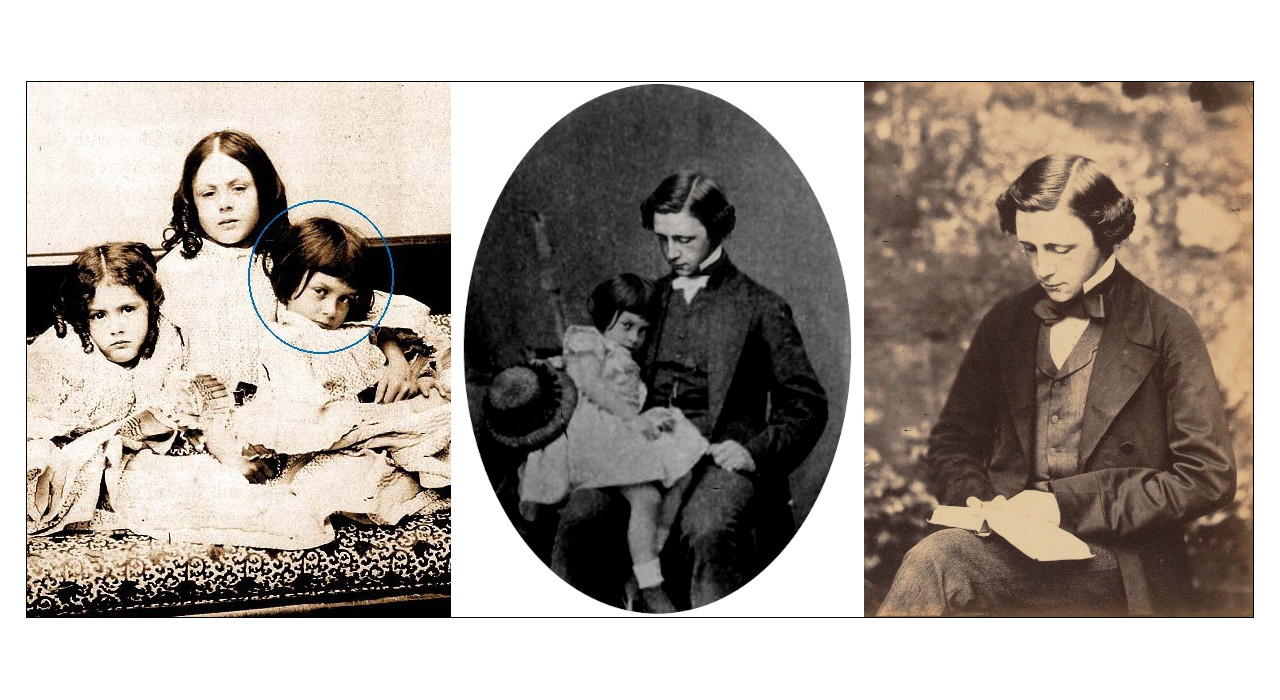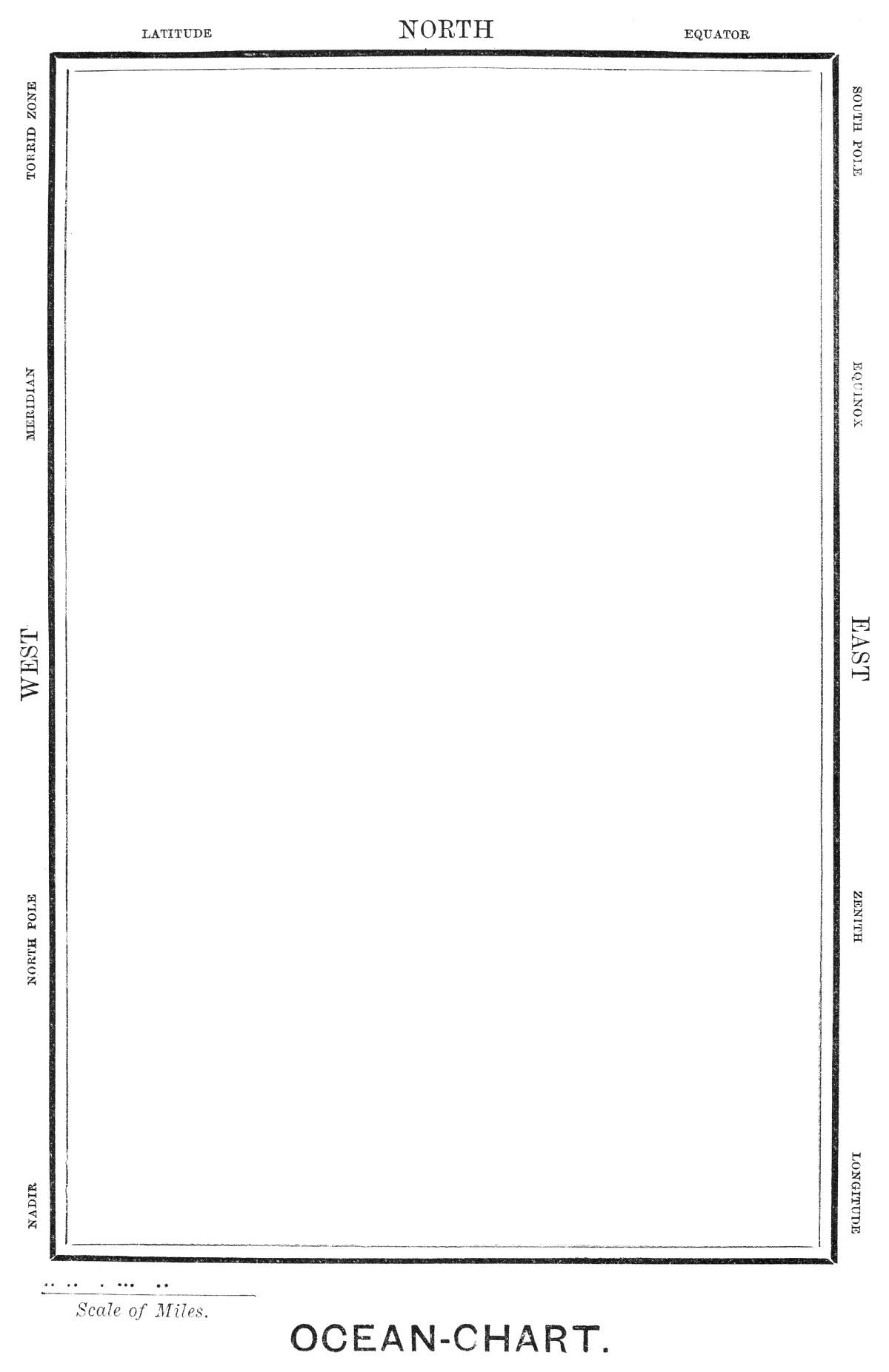- Ambiguous: The “Boots” and “the maker of Bonnets and Hoods” in The Hunting of the Snark might be two different persons, but also could be the same person.
- Unproven: The assumption that Carroll was on drugs when he wrote the Alice books.
- Not quite right: The assumption that C.L. Dodgson (aka Lewis Carroll) invented the word “Snark”.
- Probably wrong: The assumption that the the Snark’s “fondness for bathing-machines” is nonsense. It might be an Oxford Christ Church College insider joke.
- Too often wrong: Carroll quotes (e.g. in the Internet). Check them before a Carroll misquote sticks as a tattoo on your skin.
- Wrong: The assumption that the “Ocean Chart” (the Bellman’s map) in The Hunting of the Snark was made by Henry Holiday.
- Wrong: The claim by rare book sellers that only the first issue of The Hunting of the Snark has “Baker” on page 83.
- Wrong: The assumption that there is photographic evidence that Alice Liddell, as a child, kissed C.L. Dodgson.
- Wrong: The story that C.L. Dodgson sent an admiring Queen Victoria a copy of An Elementary Treatise on Determinants.
2019-07-12, updated: 2024-06-13
Category: fact check
Are there 9 or 10 Snark Hunters?
Most readers of The Hunting of the Snark assume that the Snark hunting party consists of ten members. However, probably for a good reason, only nine members can be seen in Henry Holiday’s illustrations to Lewis Carroll’s ballad. Actually, I really think that the Snark hunting party consists of nine members only. But if you, as almost everybody else, prefer ten Snark hunters, that’s fine too. Lewis Carroll gave you (and me) a choice, incidentally(?) in the 9th and the 10th line of his tragicomedy.
Let us take all the crew members in order of their introduction:
- The Bellman, their captain.
- The
Boots , a maker ofB onnets and Hoods .
(A correct non-sequential interlaced portmanteau can be built fromB onnets and Hoo ds.)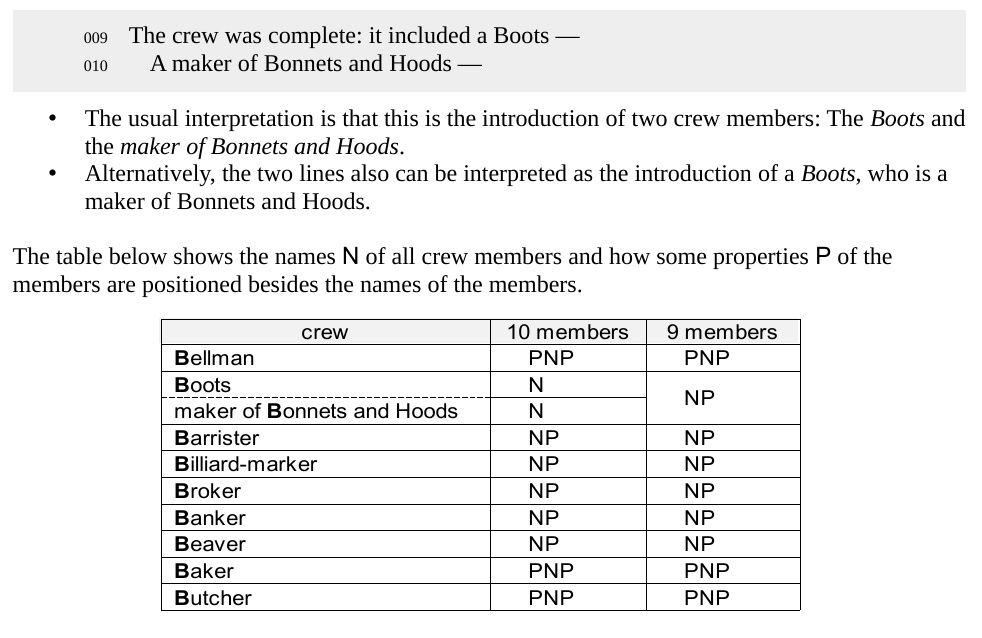
- The Barrister, brought to arrange their disputes, but repeatedly complained about the Beaver’s evil lace-making.
- The Broker, to value their goods.
- The Billiard-marker, whose skill was immense, might perhaps have won more than his share. From John Tufail I learned that in Henry Holiday’s illustration the Billiard-marker is preparing a cheat.
- The Banker, engaged at enormous expense, had the whole of their cash in his care.
- The Beaver, that paced on the deck or would sit making lace in the bow and had often (the Bellman said) saved them from wreck, though none of the sailors knew how.
- The Baker, also addressed by “Fry me!”, “Fritter my wig!”, “Candle-ends” as well as “Toasted-cheese”, and known for joking with hyenas and walking paw-in-paw with a bear.
- The Butcher, who only could kill Beavers, but later became best friend with the lace-making animal.
More about the members of the Snark hunting party:
⭐ 9 or 10 hunters?
⭘ Care and Hope
⭘ The Snark
⭘ The Boojum
2017-11-06, updated: 2024-06-13
10 Assumptions About The Hunting of the Snark
Annotations to “10 Interesting Facts About The Hunting of the Snark“ (Rose Theatre, 2017-09-21)
- One out of several (but perhaps less important) reasons to write the Snark might have been that Carroll wrote his tragicomedy The Hunting of the Snark to bring much needed escape and light while nursing his seriously ill godson and cousin Charlie Wilcox who eventually died from tuberculosis.
- Part of the Snark ballad is Carroll’s story that he was walking on a hillside near Guildford, alone, one bright summer day (1874-07-18 , allegedly not so bright in reality), when suddenly there came into his head one line of verse — one solitary line — “For the Snark was a Boojum, you see.” With more that 500 lines the book was published in 1876. He ended up with more chapters (fits) than initially planned. This of course also affected the illustrator Henry Holiday and the engraver Joseph Swain. The sequence of making the illustrations is described in the centennial edition of The Hunting of the Snark published by William Kaufmann in 1981.
- Carroll left the meaning of the Snark deliberately vague refusing to answer questions about its meaning. He stated that whatever good meanings are in the book, he was glad to accept an of them as the meaning of the book. The best that in his viev he had seen was by a lady (she published it in a letter to a newspaper), that the whole book is an allegory on the pursuit of happiness.
- The poem was published on April 1st 1876 (the date chosen being April Fools Day and before Easter, which was a good time to sell the book). The first print was 10,000 copies and the book has rarely if ever been out of print since.
- Unlike Carroll’s many other fantastical creatures, we never see the Snark and its appearance remains a mystery. His lifelong friend, the famous illustrator Henry Holiday proposed something which to Carroll was a “delightful monster“. But Carroll nevertheless refused to allow his lifelong friend to include his drawing of a Boojum turned Snark in the original edition. The Snark only was allowed to applear in the Barrister’s dream.
- Snarks are harmless. You even may fetch a Snark home, but keep the greens ready.
WARNING: If a Snark turns into a Boojum and you get too close to one, you will “softly and suddenly vanish away.”
- The Bellman is an expert on Snarks and knows how to describe Snarks.
- The Jubjub appeared in Carroll’s Jabberwocky. Some think that the Jubjub might be a pun on the word jug-jug, an English word expressing one of the notes of a nightingale. I believe (and may be wrong with that) that the noisy beast has something to do with jubjubbing chronometers
- Acording to the Rose Theatre, Snark clubs dedicated to ‘the glorification of the Snark and its creator’ still flourish and meet to recite the poem. The band of declared Snarkists included W.H. Auden, Willa Cather, John Galsworthy, A.P. Herbert, Elspeth Huxley and C.S. Lewis.
- Some believe that the Baker might be a self-deprecating self-portrait in which Carroll pokes fun at his well-known forgetfulness. I don’t think so. The Baker has 42 boxes of luggage. I think he forgot them like Thomas Cranmer forgot his Forty-Two articles for a while. Incidentally, Carroll was 42 years old when he wrote Snark.
2020-08-21, update:2023-09-19
Page 83
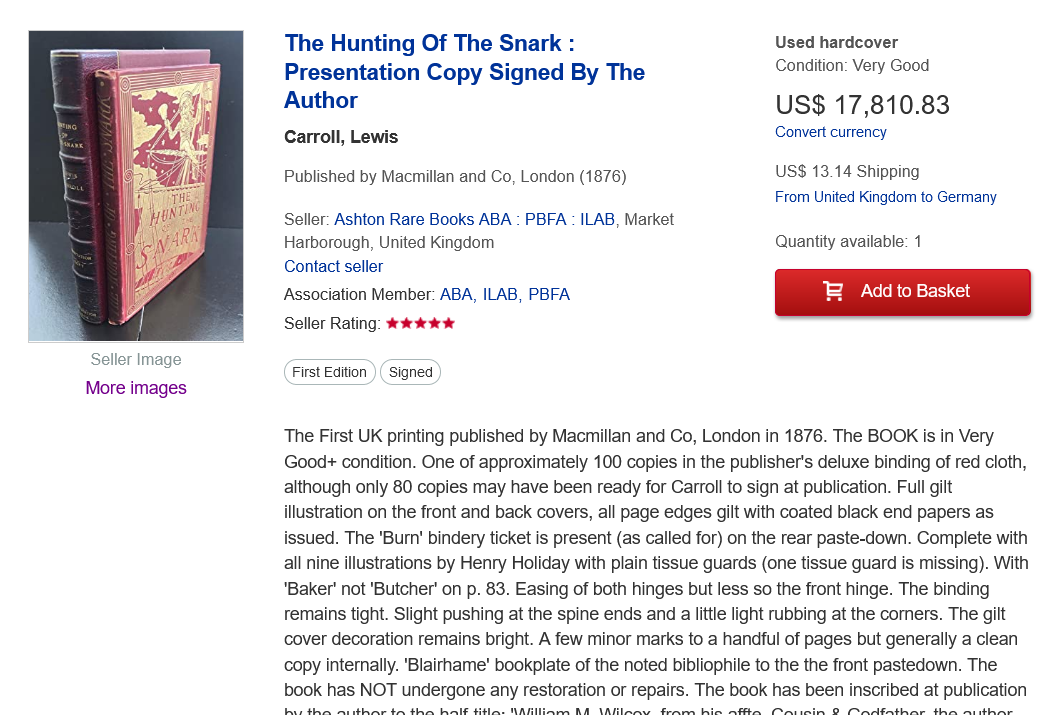
«With ‘Baker’ not ‘Butcher’ on p. 83.»
(Source: abebooks.com)
Do you think that this “Baker” on page 83 really proves that the book is a first edition and that it should be “butcher”? You find the answer in any contemporary Snark edition. No mistake, the Baker still is there. There never was a Butcher on page 83. By the way, there also never as a Banker on page 83.
More Examples for advertising the first edition of “The Hunting of the Snark”, offered for prices between €200 and €2000:
First edition, first issue of Carroll’s whimsical nonsense poem with “baker” on p. 83 which was later corrected to “butcher”.
First edition, first printing, with “Baker” for “Banker” on page 83.
First issue with “baker” not “butcher” on page 83. It is unknown how many copies were printed this way.
No, it is known: All copies were and are printed this way!
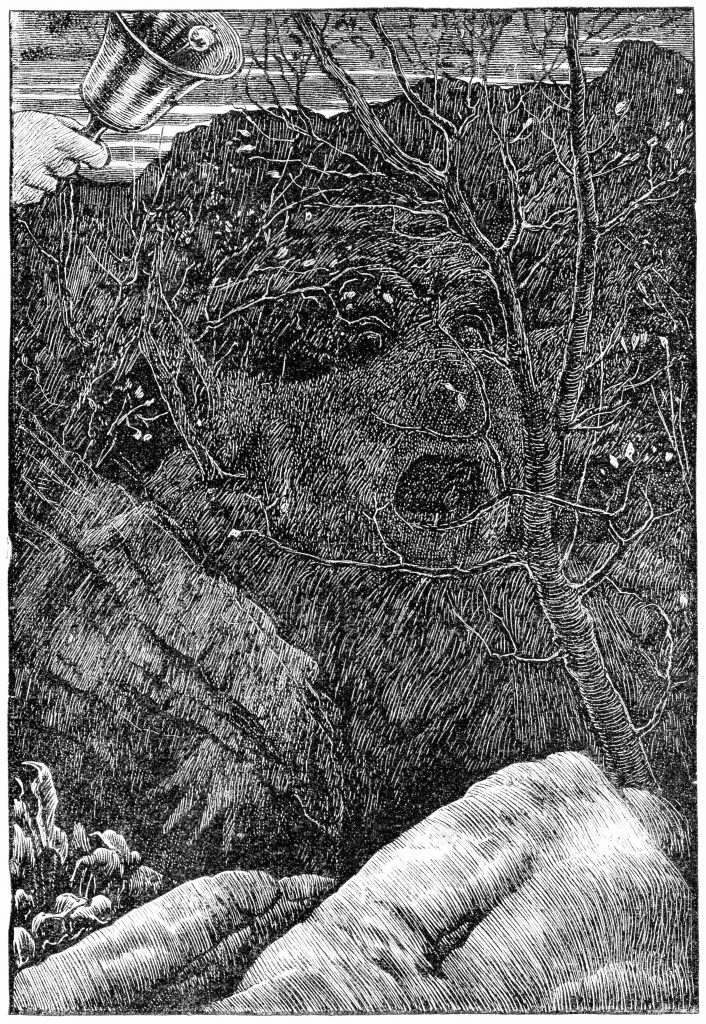 This is about line 560 on page 83, the last page of Lewis Carroll’s tragicomedy. A “Baker” in that line is no proof that the book is a rare first Snark edition. Actually, all copies are printed this way, because that is how it should be. In Henry Holiday’s illustration on page 82 you see the head and a hand of the Baker, not the Butcher and not the Banker. Remember, the Banker had to be left behind in the previous chapter, so he cannot show up in the final chapter. And the Butcher didn’t meet the Snark either.
This is about line 560 on page 83, the last page of Lewis Carroll’s tragicomedy. A “Baker” in that line is no proof that the book is a rare first Snark edition. Actually, all copies are printed this way, because that is how it should be. In Henry Holiday’s illustration on page 82 you see the head and a hand of the Baker, not the Butcher and not the Banker. Remember, the Banker had to be left behind in the previous chapter, so he cannot show up in the final chapter. And the Butcher didn’t meet the Snark either.
Thus, there is nothing special about “Where the Baker had met with the Snark.” This alleged error is a myth. Those rare book traders just didn’d (and still don’t) check the facts.
Then there is the JubJub. If you read somewhere that the bird never will look at a “bride”, then better check line 386 on page 55 in the original Snark edition. It’s “bribe”. You can find “It will never look at a bride” in the Internet many times. But that’s wrong.
Removed (not by me) from Wikipedia:
Rare book sellers often claim, that the first edition of ”The Hunting of the Snark” can be identified by the word “Baker” instead of “Butcher” or “Banker” in the 560th line on page 83. However, “Where the Baker had met with the Snark” is correct. “Butcher” or “Banker” in the 560th line would be wrong. Also “bribe” in the 386th line on page 55 is correct, even though in the Internet the erratic “It never will look at a bride” can be found.
(The hyperlinks in this text where not part of the WP text.)
2024-04-11
Alan Tannenbaum: Baker for Butcher on p. 83, The Snarkologist, Vol. 1, Fit 7, March 2024, p. 15~16
2018-04-02, updated: 2024-04-11
Snarking
The onomatopoeic word “snarking” already had been used in the year 1866.
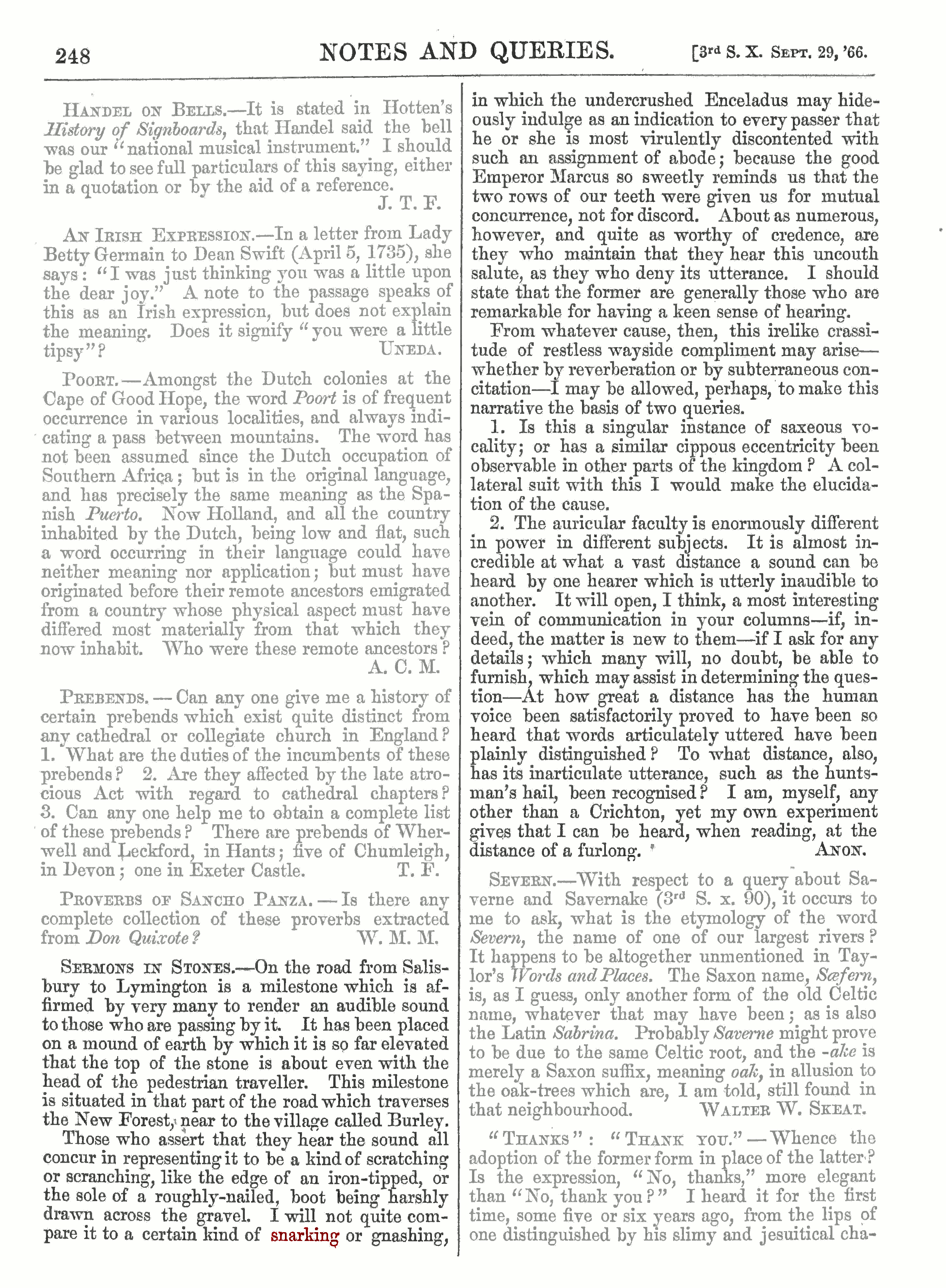
2017-08-28, updated: 2023-03-24
Drugs
Lewis Carroll needed a clear mind for whatever he wrote. Drugs like laudanum would not have been helpful during writing.
The drug link is a homespun thing. You’ll find it on a host of random forums.
But the experts are usually sceptical. Carroll wasn’t thought to have been a recreational user of opium or laudanum, and the references may say more about the people making them than the author.
“The notion that the surreal aspects of the text are the consequence of drug-fuelled dreams resonates with a culture, particularly perhaps in the 60s, 70s and 80s when LSD was widely-circulated and even now where recreational drugs are commonplace,” says Dr Heather Worthington, Children’s Literature lecturer at Cardiff University.
Source: Is Alice in Wonderland really about drugs?
(by Sophie Robehmed, BBC magazine 2012-08-20)
Let me be perfectly clear here: Lewis Carroll didn’t do recreational drugs. Certainly there were drug references in Alice’s Adventures in Wonderland and these were picked up on by people with interests in that area, particularly in the late sixties. That is not to say that Carroll never took Laudanum for a medical problem on the advice of a doctor. There is NO direct proof (in his letters or his diaries) that he ever took narcotic drugs. You might ask yourself why students insist that he did and why some teachers teach that he did.
- Alice gets linked to the drug culture. No, Lewis Carroll did not use mind altering drugs to increase his creativity. He used his imagination. If you have one, it’s better than drugs. If you don’t, the drugs won’t help you. With apologies to the late Timothy Leary.
- This can’t be true
- A couple of acid blotters
- Chemical Alice the band
- Using Alice to JUST SAY NO
Source: lewiscarroll.org (2002)
2019-12-12, update: 2020-11-29
Constructing Carroll
The Ocean Chart
Lewis Carroll’s The Hunting of the Snark (1876) has been published “with nine illustrations by Henry Holiday”. But there are ten illustrations. One possible explanation: The Ocean-Chart (aka the Bellman’s map) has been made neither by Henry Holiday nor by Joseph Swain, but by a typesetter.
In the more recent British history, the map has been used by Britain’s contemporary Bellmen before 2016-06-23 to present their understanding of the impact of the Brexit to the rest of the crew. Admittedly, by now the majority of Britains understand the trouble they put themselves into. But as pride and face-saving of course is much more important than something profane like a healthy economy and rational thinking, that map won’t be updated.
2017-09-29

